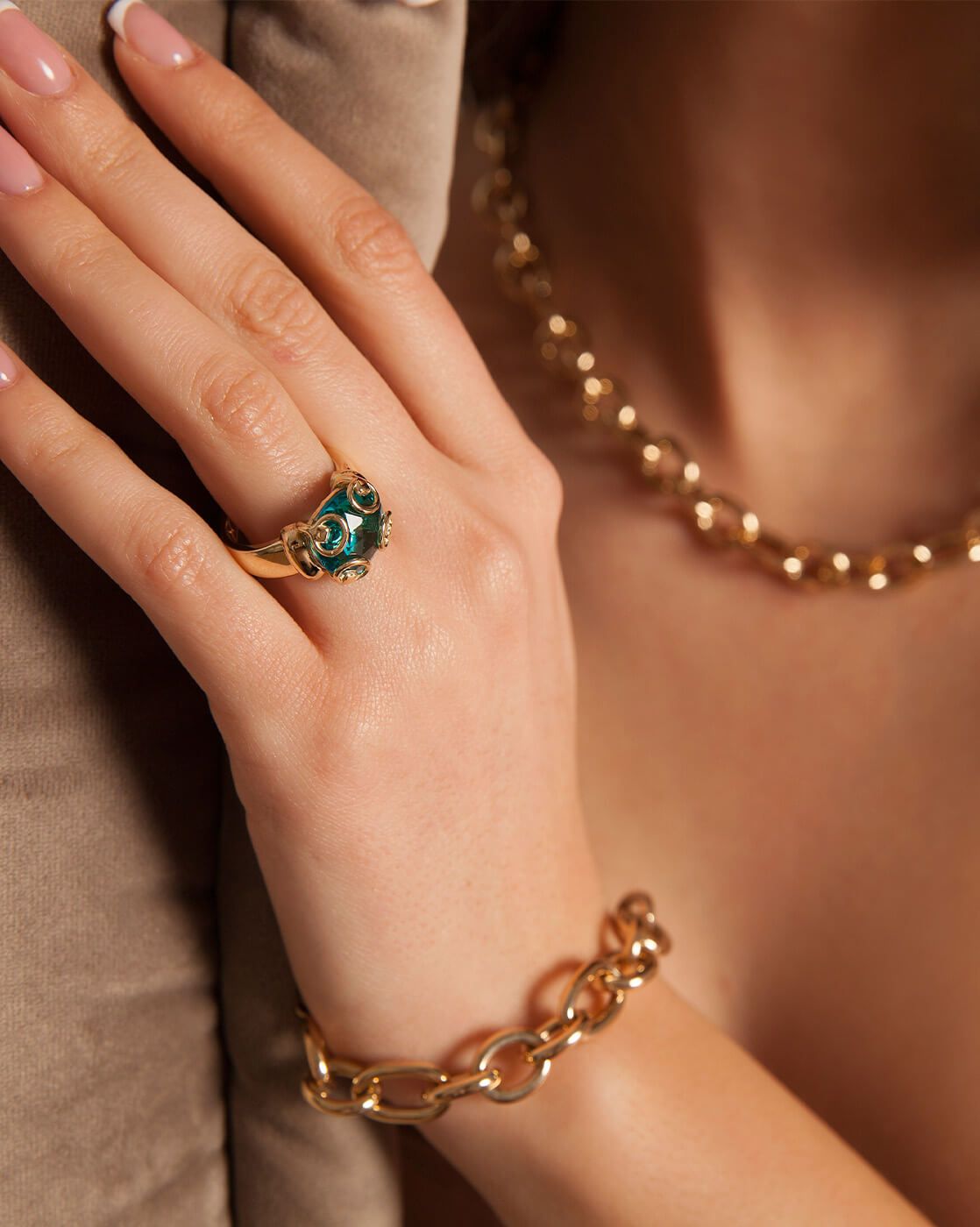Diabetic Retinopathy
Diabetic Retinopathy is a complication of diabetes and a leading cause of blindness in the developed world. The retina is the membrane that covers the back of the eye. It is highly sensitive to light.
It converts any light that hits the eye into signals that can be interpreted by the brain. This process produces visual images, and it is how sight functions in the human eye. Diabetic retinopathy damages the blood vessels within the retinal tissue, causing them to leak fluid and distort vision.
There are two types of Diabetic Retinopathy
• Non-proliferative diabetic retinopathy (NPDR): This is the milder form of diabetic retinopathy and is usually symptomless.
• Proliferative diabetic retinopathy (PDR): PDR is the most advanced stage of diabetic retinopathy and refers to the formation of new, abnormal blood vessels in the retina.
Approximately 5.4 percent of people aged over 40 years have Diabetic Retinopathy worldwide, one-third of the estimated 285 million people with diabetes show signs of Diabetic Retinopathy.
Complications
• Vitreous hemorrhage: A newly formed blood vessel leaks into the vitreous gel that fills the eye, stopping light from reaching the retina. Symptoms include loss of vision and sensitivity to light, or floaters in milder cases. This complication can resolve itself if the retina remains undamaged.
• Detached retina: Scar tissue can pull the retina away from the back of the eye. This usually causes the appearance of floating spots in the individual's field of vision, flashes of light, and severe vision loss. A detached retina presents a significant risk of total vision loss if left untreated.
• Glaucoma: The normal flow of fluid in the eye may become blocked as new blood vessels form. The blockage causes a buildup of ocular pressure, or pressure in the eye, increasing the risk of optic nerve damage and vision loss.
Causes and Risk factors
• Individual with known diabetes for over 8 years
• Uncontrolled blood sugar levels
• High blood pressure
• Increased Cholesterol levels
• Smokers are at a higher risk than non-smokers
Diagnosis
Diabetic retinopathy generally starts without any noticeable change in vision, hence crucial for diabetic patients to have an eye examination at least once or twice annually or as recommended by the physician.
Dilated Eye Exam
Dilatation drops dilate the pupils and allows the physician to view the inside of the eye in a more detailed way. Photographs are taken of the interior of the eye to evaluate
• Abnormalities in the blood vessels, optic nerve, or retina
• Cataracts
• Changes in eye pressure or overall vision
• New blood vessels
• Retinal detachment
• Scar tissue
Fluorescein Angiography
Drops are used to dilate the pupils, and a special dye called fluorescein is injected into a vein in the patient's arm. Pictures are taken as the dye circulates through the eyes. The dye may leak into the retina or stain the blood vessels if the blood vessels are abnormal.
This test can determine which blood vessels are blocked, leaking fluid, or broken down. Any laser treatments can then be accurately guided. For around 24 hours after the test, the skin may turn yellowish, and urine dark orange, as the dye exits the body.
Optical Coherence Tomography (OCT)
This noninvasive imaging scan provides high-resolution cross-sectional images of the retina, revealing its thickness. After any treatments, scans may be used later to check how effective treatment has been.
OCT is similar to ultrasound testing but uses light rather than sound to produce images. The scan can also detect diseases of the optic nerve.











